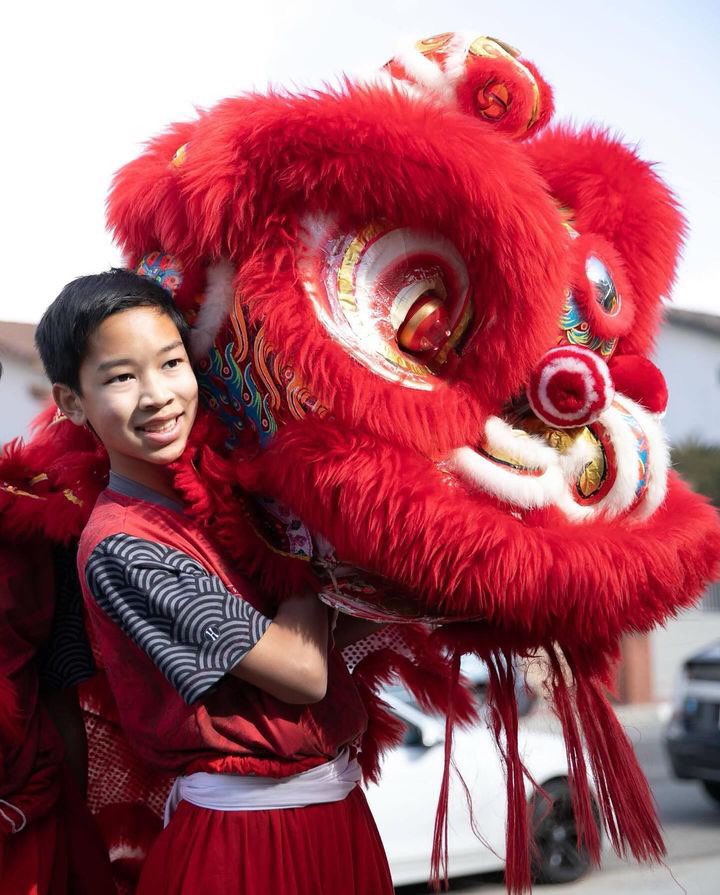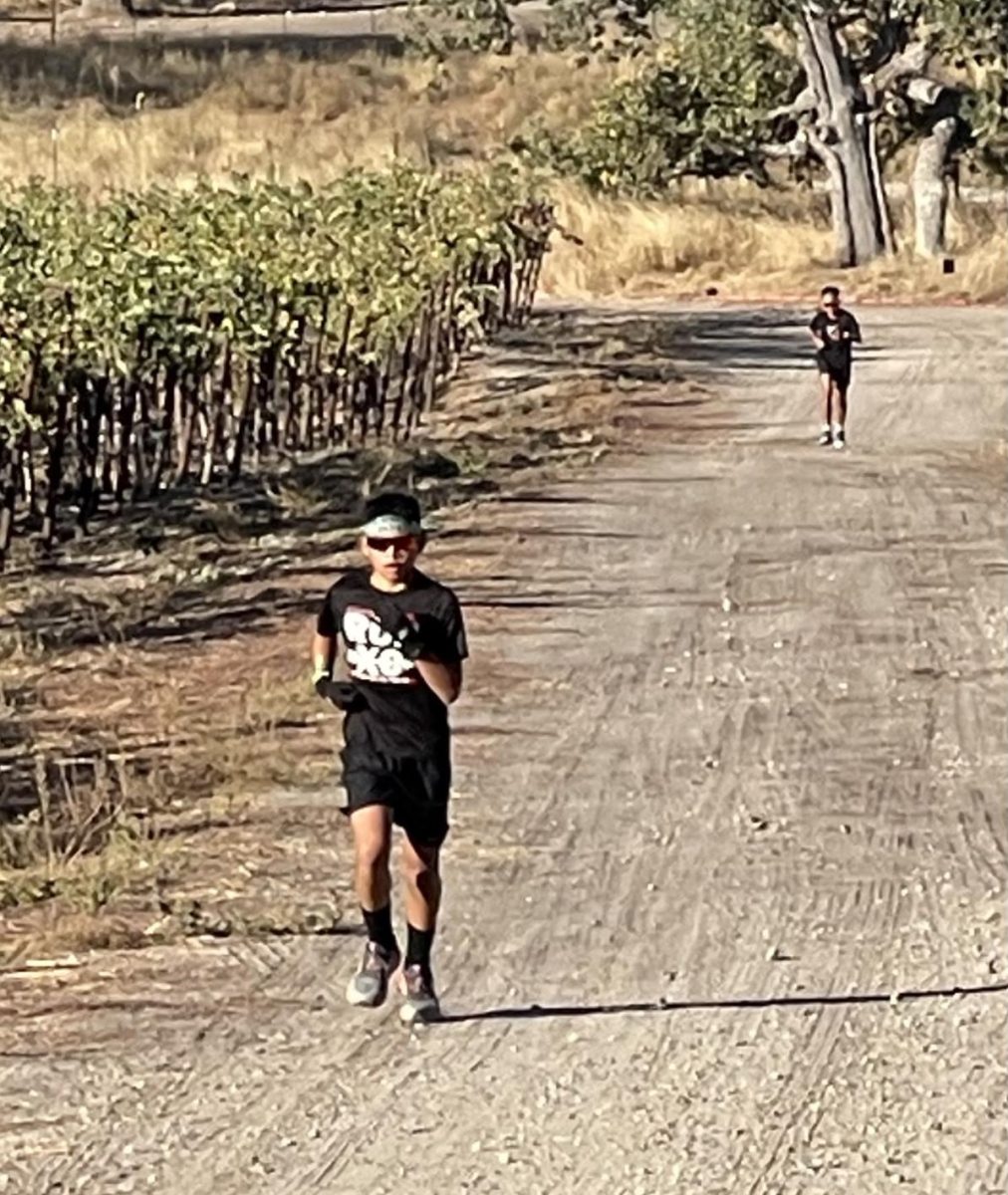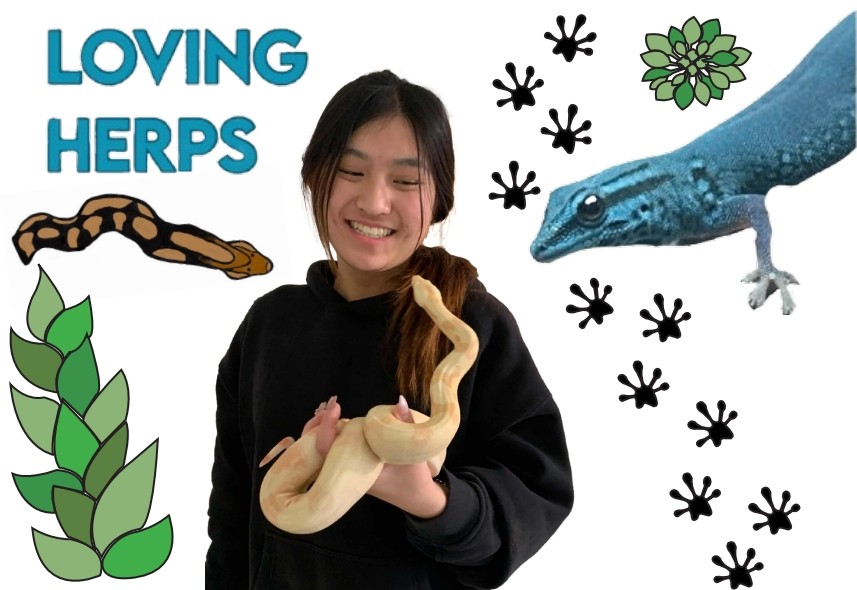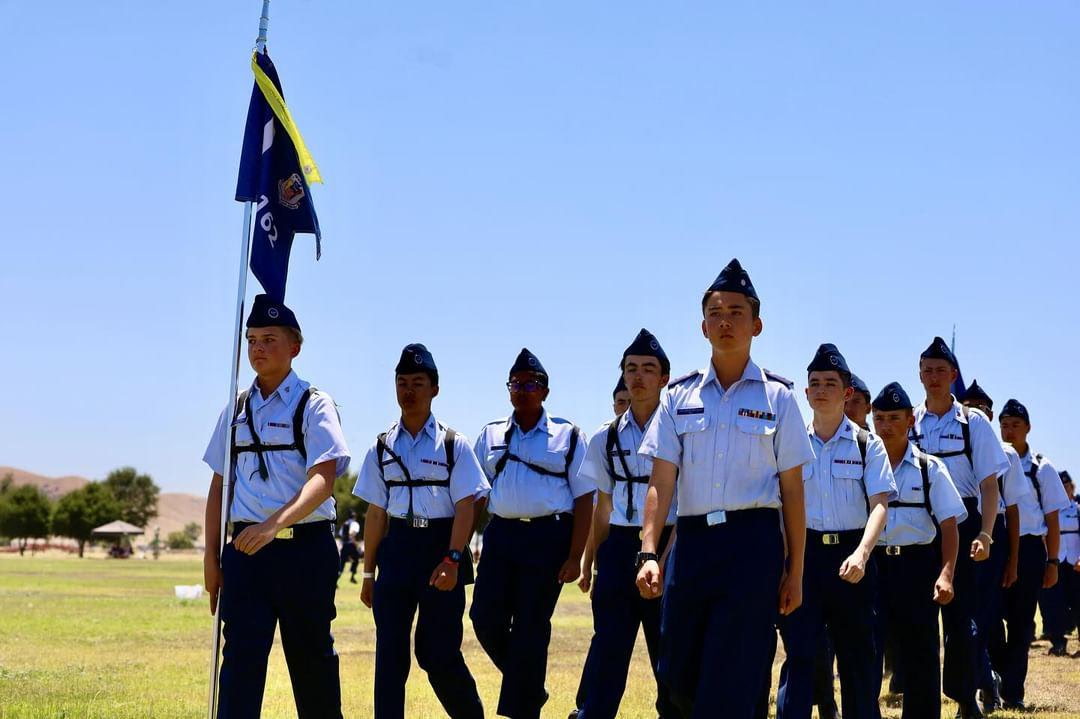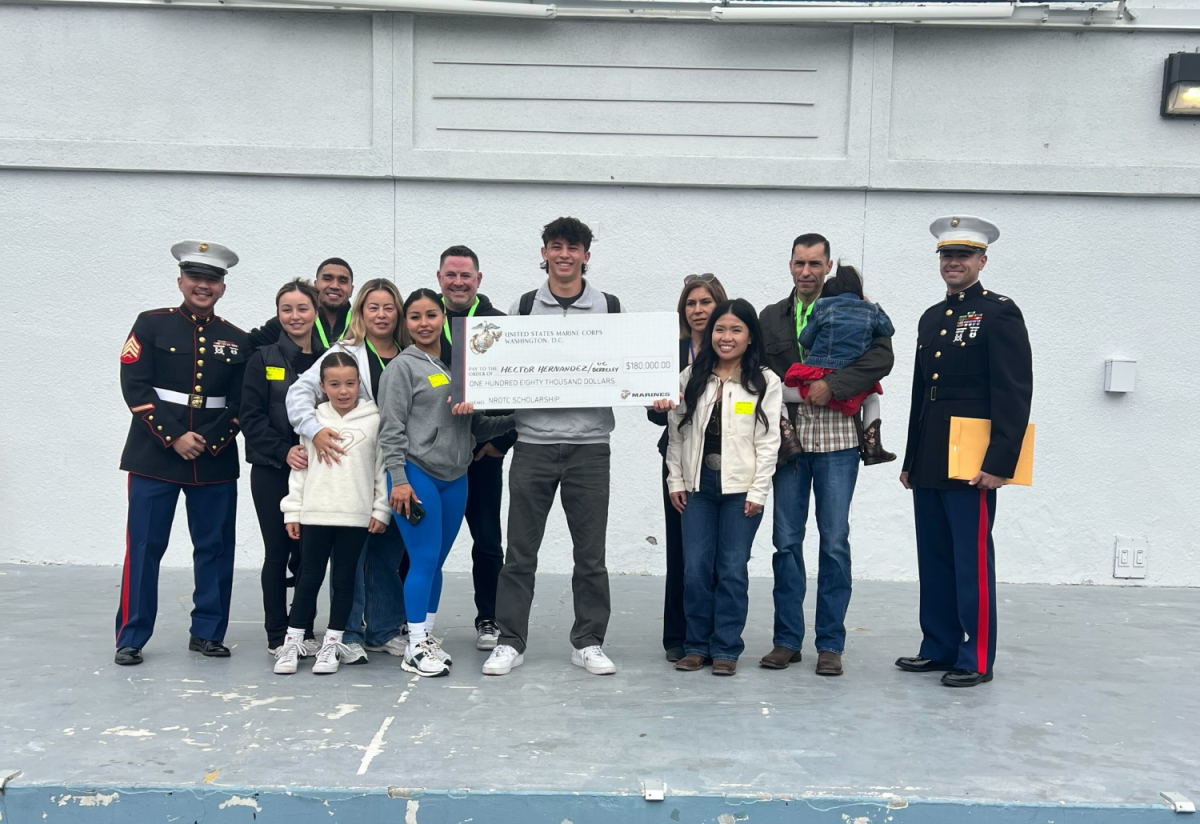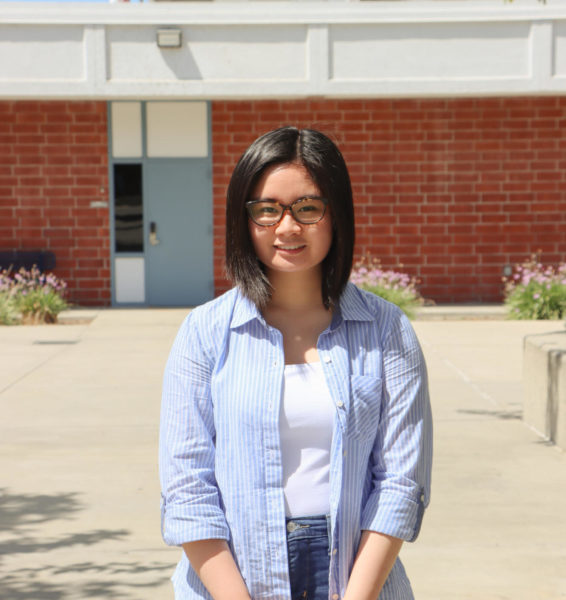A flurry of red and gold flash through the room, splotches of vibrant colors uniting into an elaborate lion costume. Underneath the mesmerizing display is sophomore Joshua Uy, a traditional Chinese lion dancer.
Traditional Chinese lion dancing is typically made up of two parts: a main routine that is choreographed and practiced beforehand and teasing, where dancers interact with the audience to bless them or collect monetary donations. Lion dances are prominent during Lunar New Year celebrations, weddings, festivals and community events, showcasing the lion conquering an obstacle before acquiring an important object meant to symbolize good fortune. Performers mirror a lion’s movements, depicting a vivid story while spreading prosperity to their audience.
“It’s a lot of fun doing both [the main and teasing routine] because it’s really cool when all of us are doing the same thing during the main routine, and when the lions are right next to [the audience] you get super excited seeing how happy people are for both [routines],” Uy said.
Every Wednesday afternoon, the San Gabriel Valley Chinese Association lion dance ensemble members meet for two hours at St. Thomas Episcopal Church to rehearse their choreography and work on techniques like stacking, which requires two people to support one another inside a lion costume to form the head and body.
“With the lion, it’s really cool seeing how people react,” Uy said. “And after the performance, [our team members] just goof around, and it’s so fun because it really builds that sense of family.”
Uy began lion dancing after his mother stumbled on a Facebook advertisement for dance rehearsals. With practice sessions being held in a local church, Uy decided it was worth a try and has continued for the past six years, performing for events like the LA Kings halftime show, the Getty Center’s 25th Anniversary, weddings and festivals, and most recently, the San Francisco Lunar New Year Parade.
“After that one practice, I was like, ‘This thing is really cool.’ When I went there, a whole bunch of people from my school just said, ‘Oh, I never knew you did this,’ so it seemed fun and I just kept on going out to practice,” Uy said.
For Uy, the most worthwhile part of lion dancing is the connections he’s formed with elementary, middle and high school students from across the San Gabriel Valley. Beyond acting as a leader for nearly 30 dancers and mentoring younger students, Uy shares a deep rapport with his team members, often going out for a bite and spending time with them outside of practice.
“I’m somewhat of a teacher, but I’m still learning a lot myself,” Uy said. “The more I practiced, the more I realized that I loved it. It’s so much fun and I really felt a sense of family and community.”
Going forward, Uy hopes to keep lion dancing close as he continues through high school. Currently, he is working with the bench technique, where a dancer jumps on top of stacked benches to perform tricks alongside learning jongs, which is a high pole balancing routine.
“I love doing it. I know that normally what happens is that gradually after a couple of years, people are like ‘I don’t want to do this anymore, but for all the people that go to practice consistently, I know that they’re going to stay there for a while, and we can just dance together,” Uy said. “It’s also nice knowing that all these people at this point are my family—they are my family away from family.”

